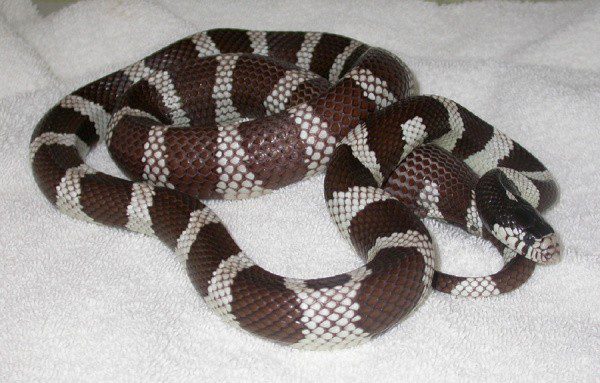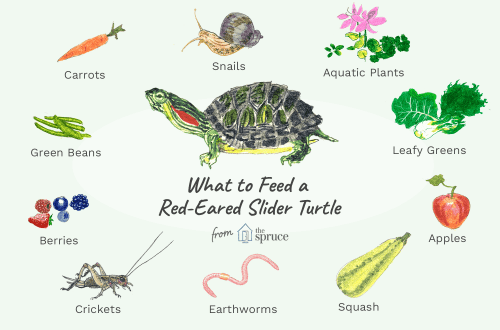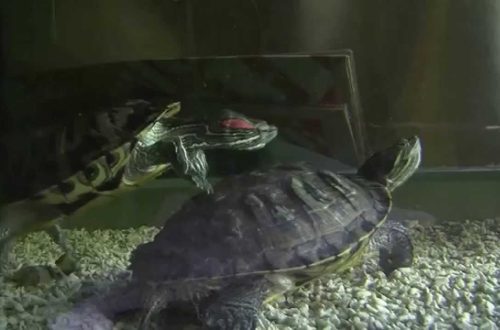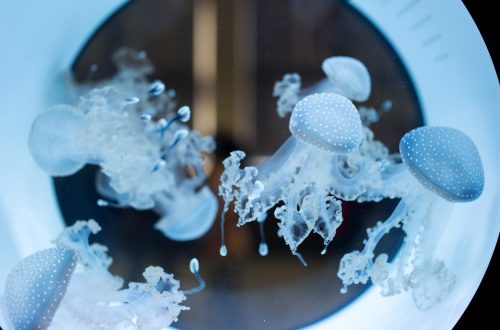
The most common diseases of snakes.
The first place among all diseases of snakes is occupied by diseases of the gastrointestinal tract and inflammation of the mouth.
Among the symptoms of the owner may alert lack of appetite. But, unfortunately, this is not a specific sign by which an accurate diagnosis can be made. We need more complete information about the conditions of detention and, possibly, additional research. So the absence and decrease in appetite is typical for snakes and is normal, for example, during sexual activity, pregnancy, molting, wintering. Also, this sign may indicate improper maintenance and feeding. Appetite may decrease or disappear altogether if the temperature in the terrarium is unsuitable for this species, humidity, lighting, lack of climbing branches for tree species, shelters (in this regard, the snake is constantly in a state of stress). Natural nutrition should be considered when feeding snakes in captivity (some species, for example, prefer amphibians, reptiles or fish as food). Prey should fit your snake in size, and feeding is best done during the natural hunting time (for night snakes – late in the evening or early in the morning, daytime – during daylight hours).
But the lack of appetite can also indicate the ill health of the reptile. And this characterizes almost any disease (here you can’t do without additional examinations, identifying other signs that help to understand what exactly the pet is sick with). The most common diseases accompanied by loss of appetite in snakes are, of course, all kinds of parasitic diseases of the gastrointestinal tract. And these are not only helminths, but also protozoa, coccidia (and among them, of course, cryptosporidiosis), flagella, amoeba. And these diseases do not always appear immediately after purchase. Sometimes clinical signs can “doze” for a very long time. Also, problems with the gastrointestinal tract occur with various infectious and viral diseases. Mushrooms can also “parasite” in the intestines, thereby disrupting the digestion process and negatively affecting the general well-being of the snake. Sometimes a reptile, along with food, can swallow a foreign object or soil particles, which can damage the mucous membrane mechanically, or even cause obstruction. With stomatitis, inflammation of the tongue, the snake also does not have time to eat. In addition to such diseases that are directly related to digestion, there may be no appetite for other diseases that affect general well-being (pneumonia, dermatitis, abscesses, injuries, tumors, liver and kidney diseases, and many others).
If there are no other signs of the disease, then the owner can try examine the oral cavity, namely: evaluate the mucosa (are there any ulcers, icterus, edema, abscesses or tumors); tongue (does it move normally, is there inflammation, including in the vaginal bag of the base of the tongue, trauma, constriction); teeth (whether there is necrosis, erosion of the gums). If something has alerted you in the state of the oral cavity, it is better to consult a specialist, since in addition to stomatitis, osteomyelitis, damage and swelling of the mucosa, it can indicate an infectious disease, impaired functioning of the kidneys, liver, general “blood poisoning” – sepsis.
Other common symptoms of malaise are regurgitation of food. Again, this can happen when the snake is under stress, insufficient heating, the snake is disturbed immediately after feeding, when overeating or feeding prey that is too large for this snake. But the reason may also be a violation of the functions of the gastrointestinal tract due to diseases (for example, with stomatitis, inflammation can spread down to the esophagus, foreign bodies can cause obstruction and, as a result, vomiting). Often vomiting is a symptom of parasitic diseases, of which cryptosporidiosis, which causes severe gastritis, is probably in the first place in snakes now. Sometimes some viral diseases are accompanied by the same symptoms. Unfortunately, it may be difficult to diagnose exactly viral diseases of snakes in our country. But if you notice that the snake is regurgitating food, under absolutely favorable living conditions, it is worth taking a stool test for parasitic diseases (not forgetting about cryptosporidiosis, which requires a slightly different staining of the smear), show and examine the pet with a herpetologist.
Another notable feature is diarrhea, occurs most often in parasitic diseases of the gastrointestinal tract, with enteritis and gastritis caused by bacteria, fungi, viruses.
In addition to internal parasites, external ones can also bother snakes – ticks. Tick infestation is a very common disease, and very unpleasant for both snakes and owners. Ticks can be introduced with soil, decorations, food. They can be seen on the body, in water or on a light surface (black small grains). A snake affected by ticks experiences constant itching, anxiety, scales bristle, molting is disturbed. All this leads to a painful condition of the pet, refusal to feed, and in advanced cases to dermatitis, death from sepsis (blood poisoning).
If ticks are found, treatment and processing of the entire terrarium and equipment is necessary. It is best to consult a doctor. Of the products on our market, it is wiser to use the Bolfo spray both for treating the snake and for the terrarium. Since, unlike the same “Frontline”, if a snake develops toxicosis against the background of the use of the drug, “Bolfo” has an antidote that helps to remove this negative effect (apropine). The spray is applied to the body for 5 minutes, then washed off and the snake is planted in a container of water for 2 hours. The terrarium is processed completely, the decorations, if possible, must either be thrown away or calcined for 3 hours at 140 degrees. The soil is removed and the snake is kept on a paper bed. The drinker is also removed during processing. After the treated terrarium dries (it is not necessary to wash off the spray), we plant the snake back. We return the drinker in 3-4 days, we do not spray the terrarium yet. You may need to re-treat after a month. We return the new soil only a few days after the second treatment.
Shedding problems.
Normally, snakes shed completely, shedding old skin with one “stocking”. Under unsatisfactory conditions of detention, with diseases, molting occurs in parts, and often some fates remain unmolted. This is especially dangerous for the eyes, when the transparent membrane covering the cornea does not shed sometimes even for several molts. At the same time, vision weakens, the snake becomes apathetic and appetite decreases. All non-molted fates must be soaked (possible in a soda solution) and carefully separated. With the eyes you need to be especially careful, avoiding injury. To separate old lenses from the eye, it must be moistened, you can use Korneregel, and then carefully separate it with blunt tweezers or a cotton swab.
Pneumonia.
Inflammation of the lungs can develop as a secondary disease in stomatitis, when the inflammation goes down. And also with improper maintenance and nutrition, against the background of a decrease in immunity. At the same time, the snake has difficulty breathing, throws its head back, mucus may be released from the nose and mouth, the snake opens its mouth and wheezing can be heard. For treatment, the doctor prescribes a course of antibiotics, drugs are introduced into the trachea to make breathing easier.
Prolapse of cloacal organs.
As already described for lizards and turtles, you must first figure out which organ fell out. If there is no necrosis, the mucosa is washed with antiseptic solutions and reduced with an antibacterial ointment. When tissue dies, surgical intervention is required. The cause of organ prolapse can be a lack of minerals and vitamins in the feed, errors in maintenance, inflammatory processes, foreign bodies in the intestines.
Traumatism.
In snakes, we most often deal with burns and rostral injuries (“nasal bruises”, when the snake beats its “nose” against the glass of the terrarium). Burns must be washed with disinfectant solutions and Olazol or Panthenol should be applied to the affected areas. In case of severe damage, a course of antibiotic therapy is necessary. In case of injuries with violations of the integrity of the skin (with the same rostral), the wound must be dried with a Terramycin spray or peroxide, and then Alluminum spray or Kubatol should be applied. Processing should be carried out once a day, until healing. For any signs of malaise, it is better to get professional advice from a herpetologist, self-medication often does more harm to a pet than good. And do not postpone treatment “for later”, some diseases can be cured only in the early stages, a protracted course very often ends in the death of a pet.





